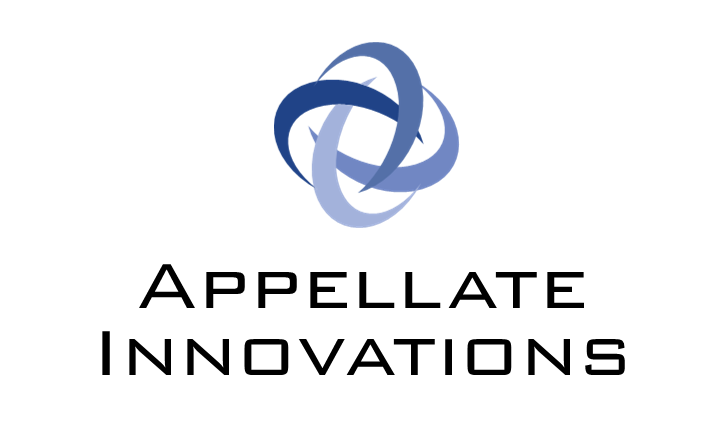25 Jul Best Practices When Using a Deferred Appendix
{1:07 minutes to read} In my last article, we discussed using a Deferred Appendix to save money if the record is voluminous. A deferred appendix is usually filed as a Joint Appendix, on which the parties consult about what documents should be included.
Under FRAP 30(b)(2), the Appellant is responsible for the cost of preparing the Joint Appendix. Unfortunately, it sometimes becomes difficult for the appellant to recoup the cost of preparing the Joint Appendix. However, if the Appellee designates unnecessary and voluminous documents, the court could intercede and impose sanctions against the Appellee’s attorney for increasing litigation costs by unnecessarily adding material in the Joint Appendix.
The lesson to be learned is that, when filing a Joint Appendix, both parties should be aware that the purpose of the Joint Appendix (whether it’s a regular Joint Appendix or a Deferred Appendix) is to file documents that will strengthen the arguments in the parties’ briefs, not to include everything and the kitchen sink.
If you need assistance or have questions about this process, please contact us today.
Enjoyed this article? Like us! 




Liza Bobo
APPELLATE INNOVATIONS
3 Barker Avenue, 2nd Floor
White Plains, NY 10601
Phone: (914) 948-2240







No Comments